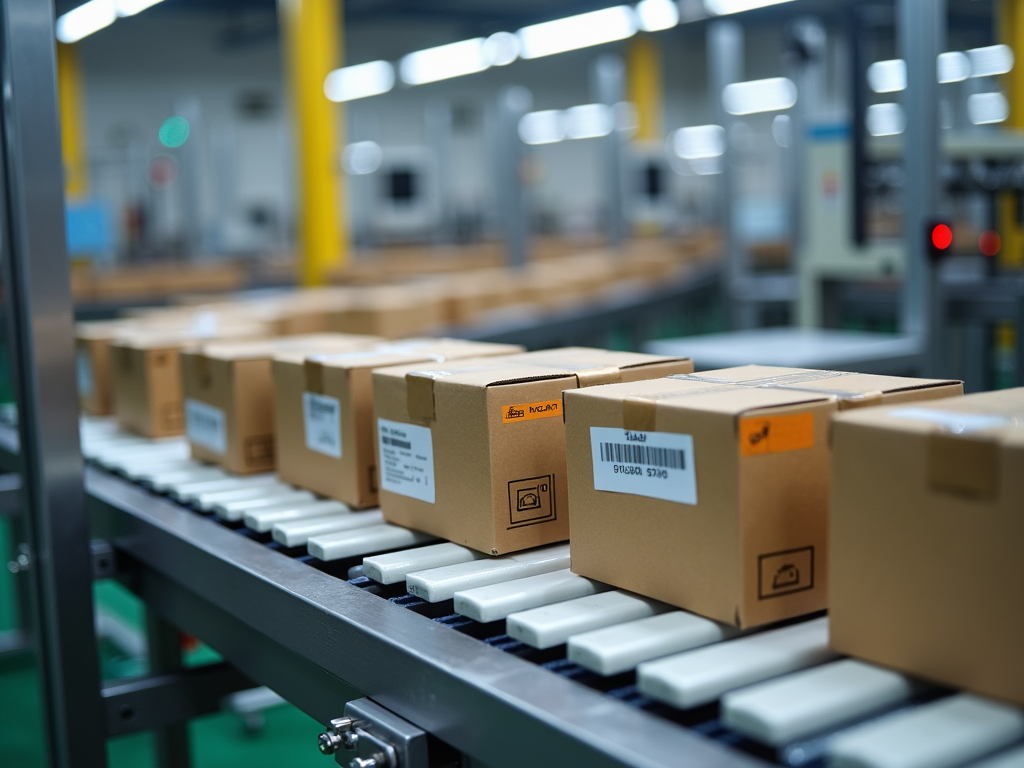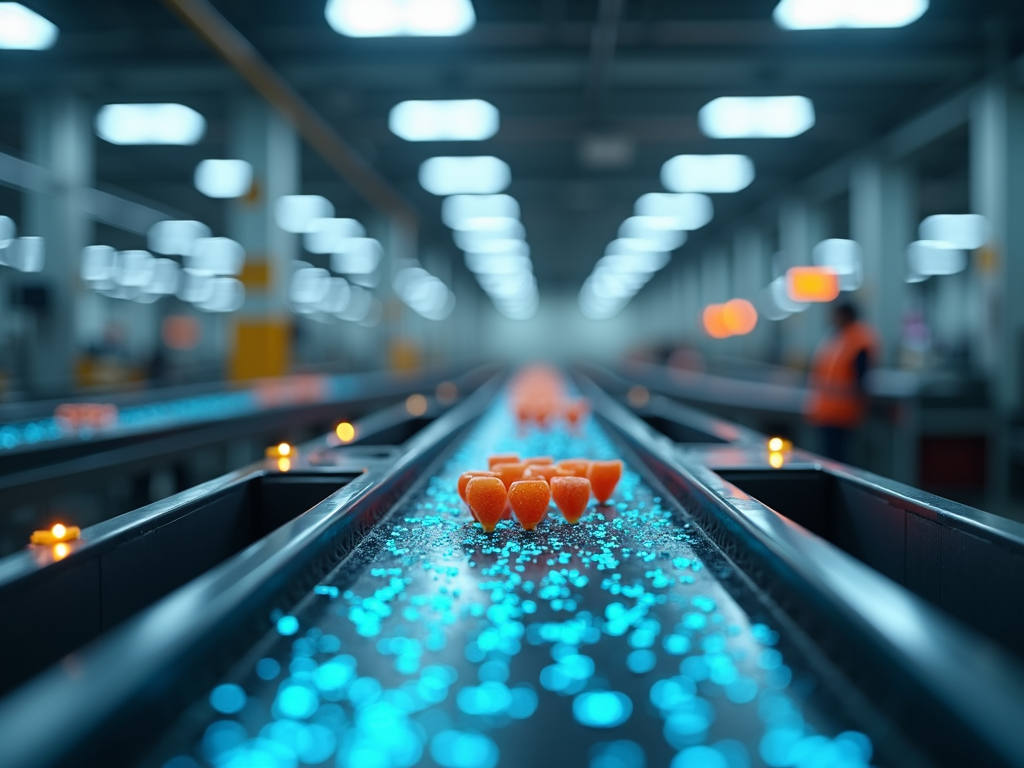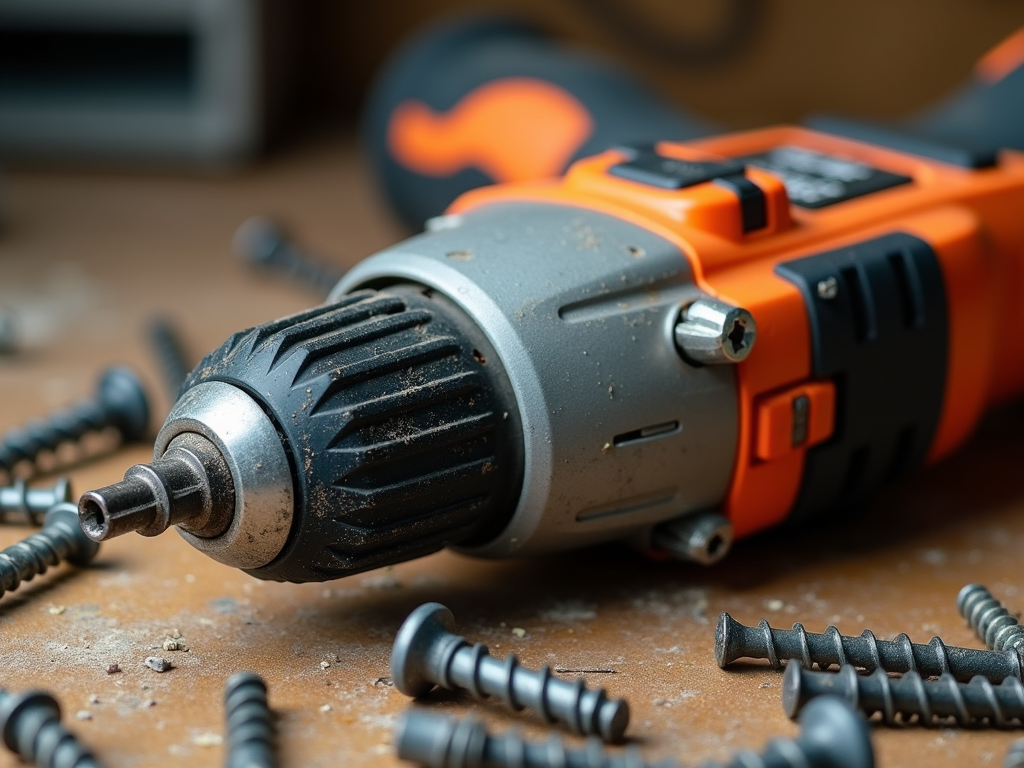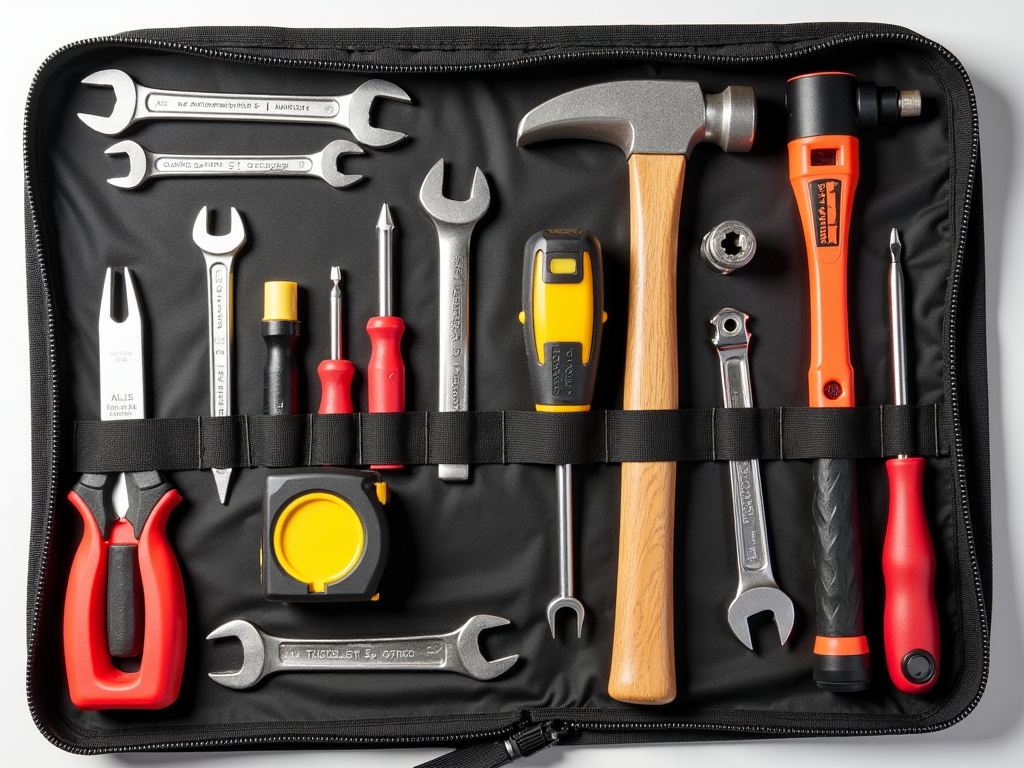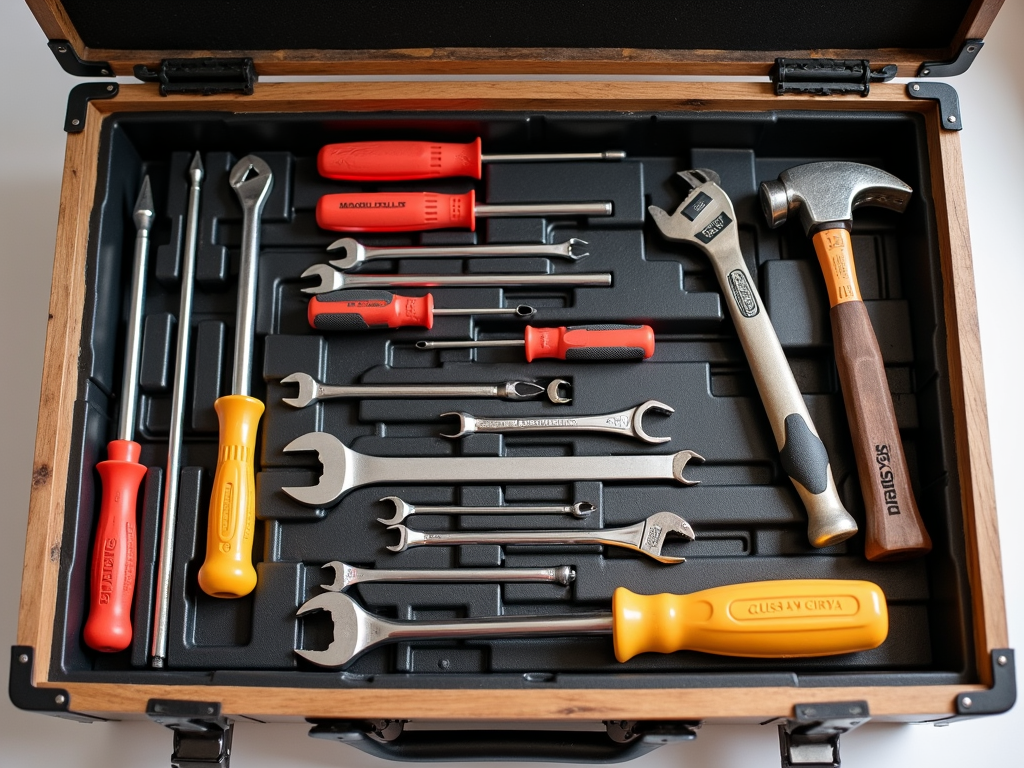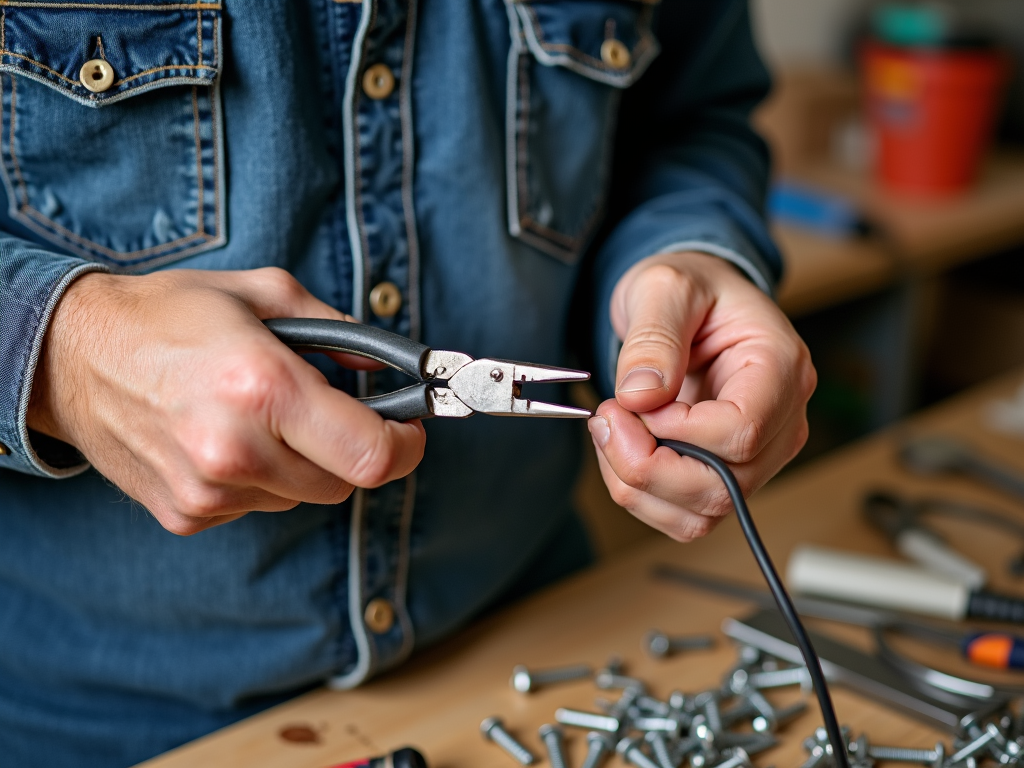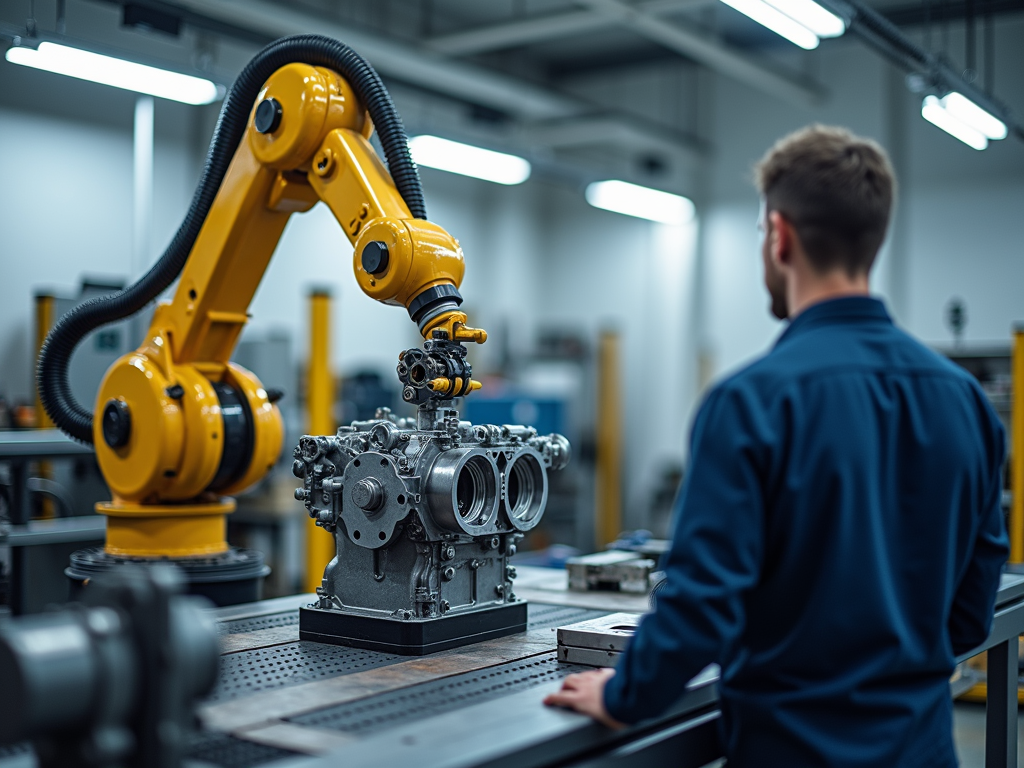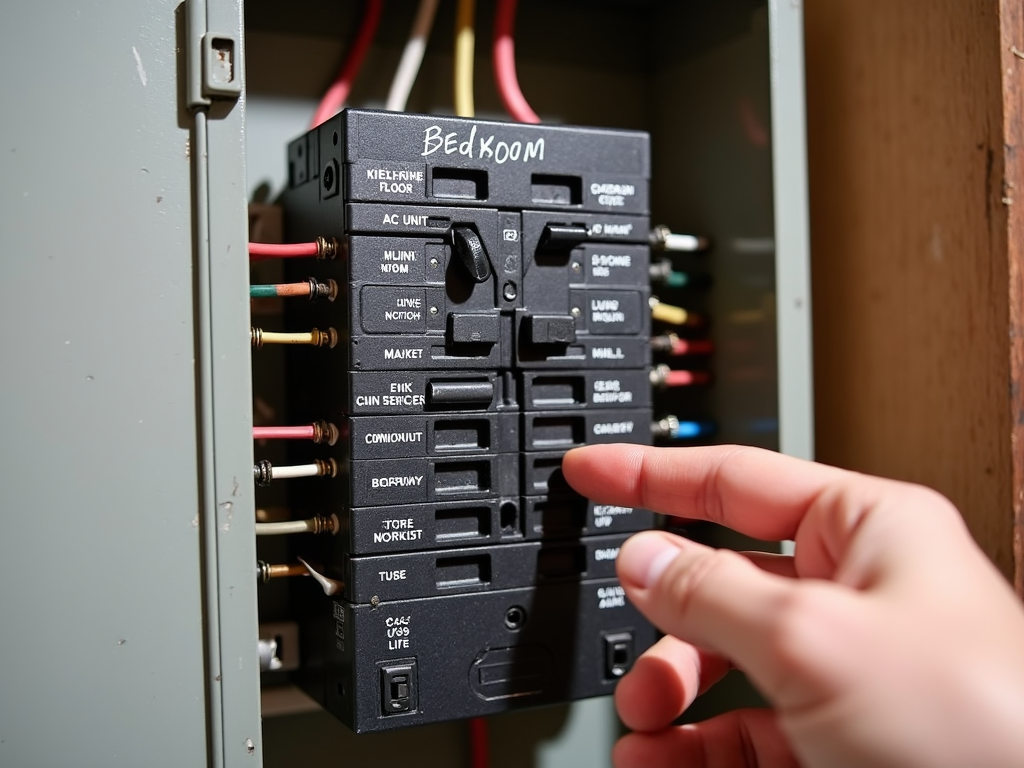Industrial automation has been a cornerstone of manufacturing and production for decades, driving efficiency, reducing costs, and improving safety. From the early days of mechanization to the sophisticated systems of today, automation has continually evolved. Now, with the integration of artificial intelligence (AI), the future of industrial automation promises even greater advancements. In this article, we'll explore the current trends, the role of AI, and how visualization tools, including AI image generators, are playing a crucial part in shaping this future.
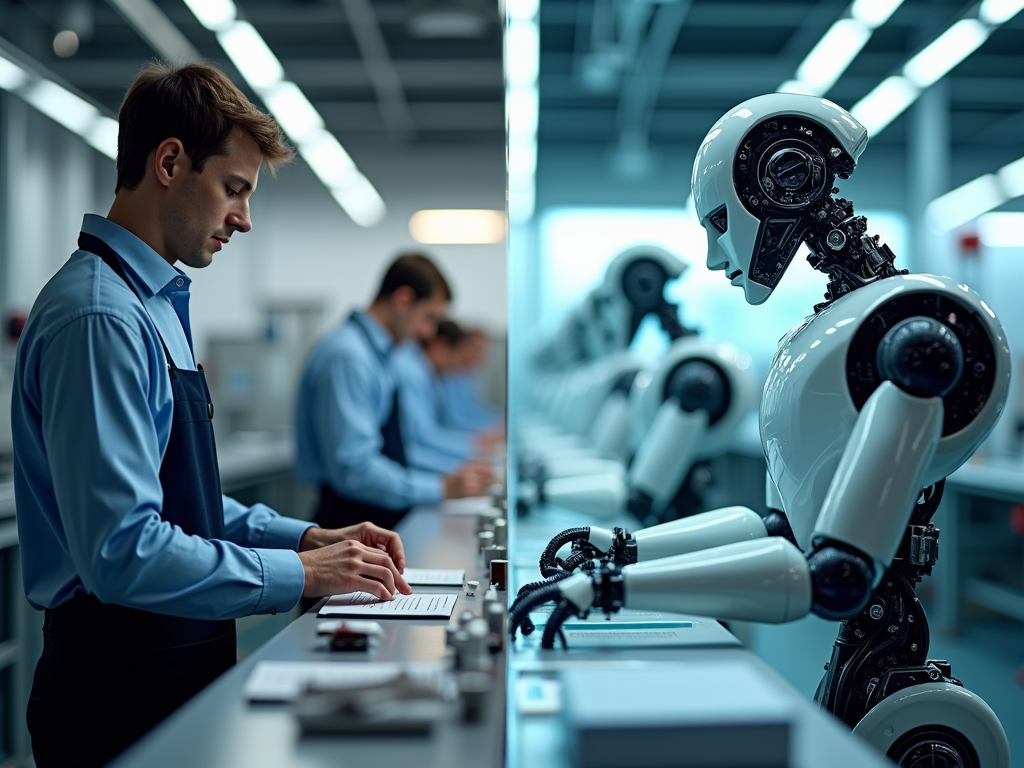
One of the most significant trends in industrial automation is the rise of collaborative robots, or cobots. Unlike traditional industrial robots that operate in isolation, cobots are designed to work alongside human workers, enhancing productivity and safety. Additionally, the Internet of Things (IoT) is enabling smart factories where machines, sensors, and systems are interconnected, providing real-time data for better decision-making. Advanced electrical tools for automation, such as programmable logic controllers (PLCs) and smart sensors, are also becoming more accessible, allowing even small and medium-sized enterprises to implement automation solutions. Furthermore, there's a growing demand for workman tools that are compatible with these automated systems, ensuring that technicians can maintain and repair them efficiently.

AI is revolutionizing industrial automation by enabling predictive maintenance, where machines can forecast when they need servicing, thus preventing costly downtime. In quality control, AI-powered systems can detect defects more accurately than human inspectors, ensuring higher product standards. AI also optimizes processes by analyzing vast amounts of data to identify inefficiencies and suggest improvements. Other applications include AI-driven supply chain management, which enhances logistics and inventory control, making operations smoother and more cost-effective.
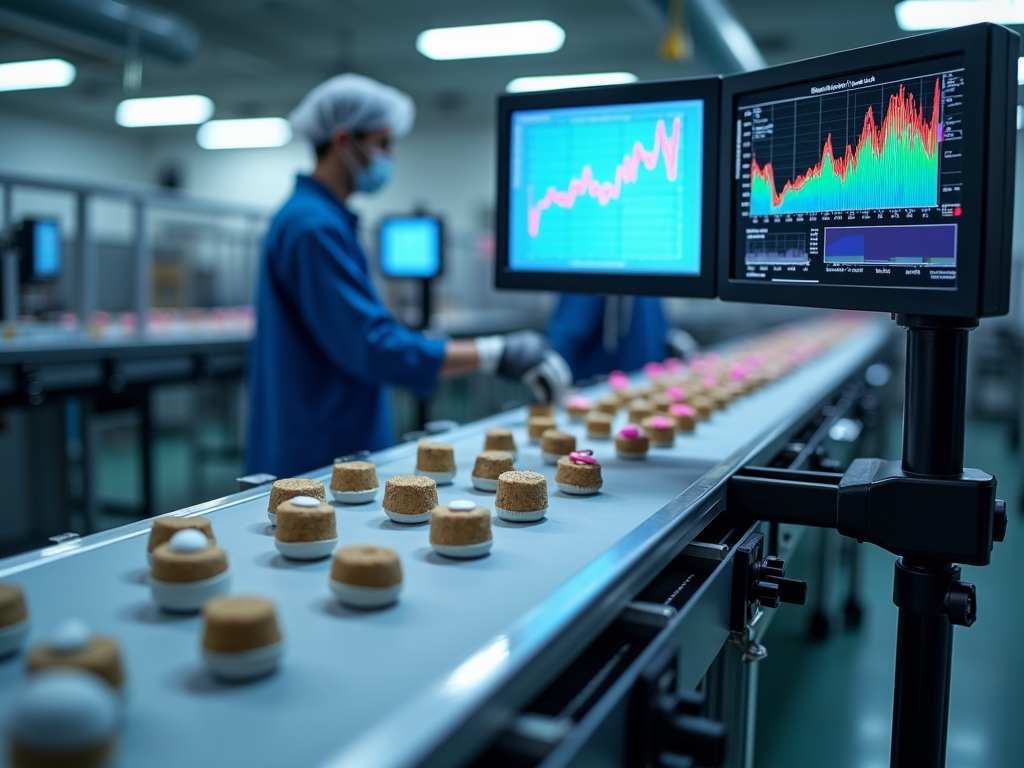
Visualization is crucial in planning and designing automated systems. Engineers and designers need to visualize how new systems will integrate with existing infrastructure. This is where AI-powered tools come in handy. For instance, the Flux AI image generator allows users to generate high-quality images based on textual descriptions, which can be incredibly useful for creating visual prototypes or conceptual designs of automated systems. By inputting descriptions of the desired setup, engineers can quickly see potential layouts and identify any issues before actual implementation. This not only saves time but also reduces the risk of costly errors during the deployment phase.
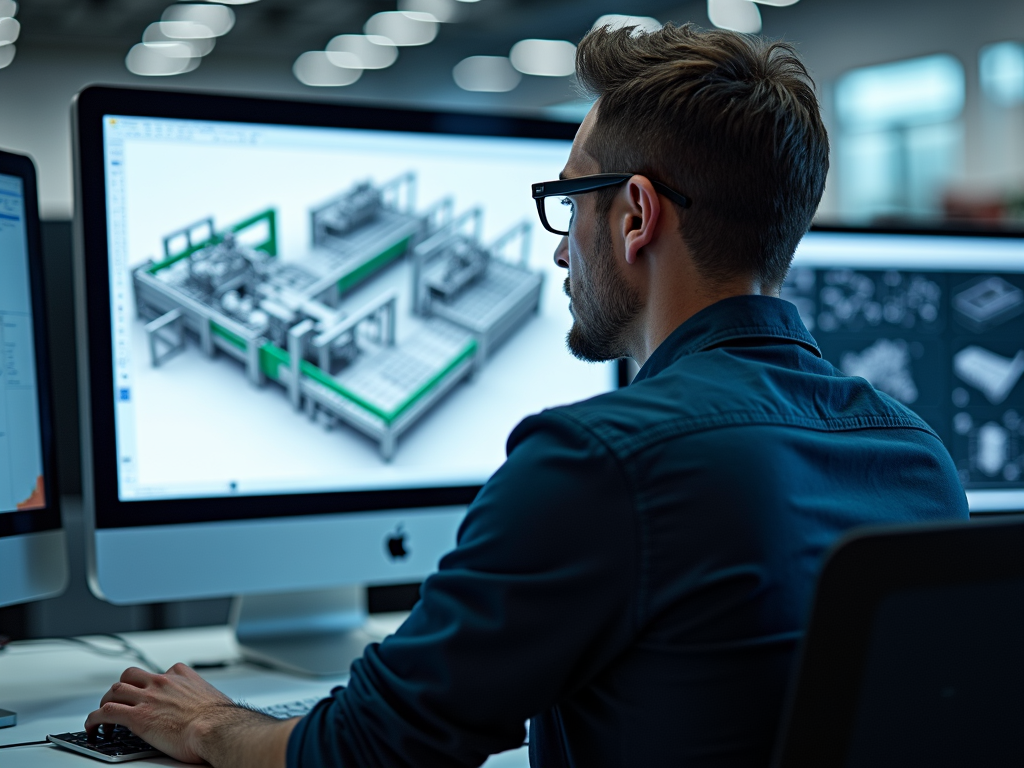
Several companies have successfully implemented advanced automation and AI, showcasing the benefits of these technologies. For example, a leading automobile manufacturer used AI-driven robots to increase production speed by 20% while reducing defects by 15%. Another company, a food processing plant, utilized IoT sensors and AI analytics to optimize their supply chain, resulting in a 10% reduction in waste. These case studies highlight how automation, when combined with AI and proper visualization tools, can lead to significant improvements in efficiency and profitability.
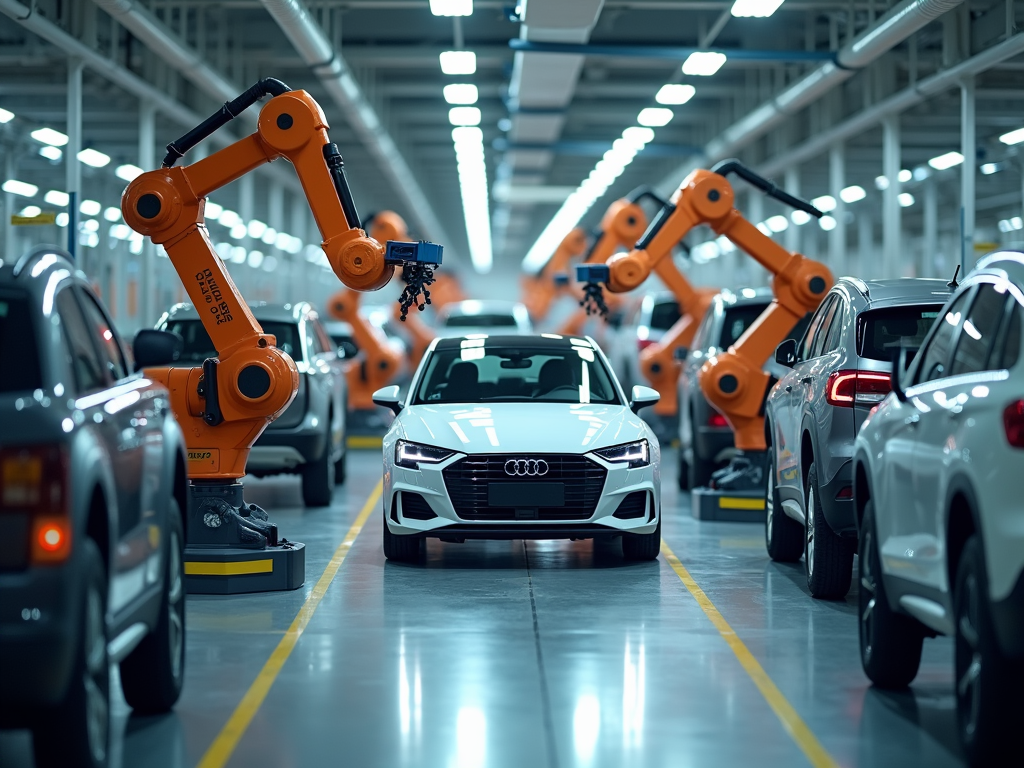
Looking ahead, the future of industrial automation is bright but not without challenges. Emerging technologies like quantum computing and advanced AI algorithms promise to further enhance automation capabilities. However, issues such as workforce displacement and the need for new skills must be addressed. Companies will need to invest in training programs to equip their employees with the necessary skills to work alongside advanced automated systems. Additionally, as automation becomes more prevalent, ensuring cybersecurity will be paramount to protect sensitive data and maintain operational integrity.
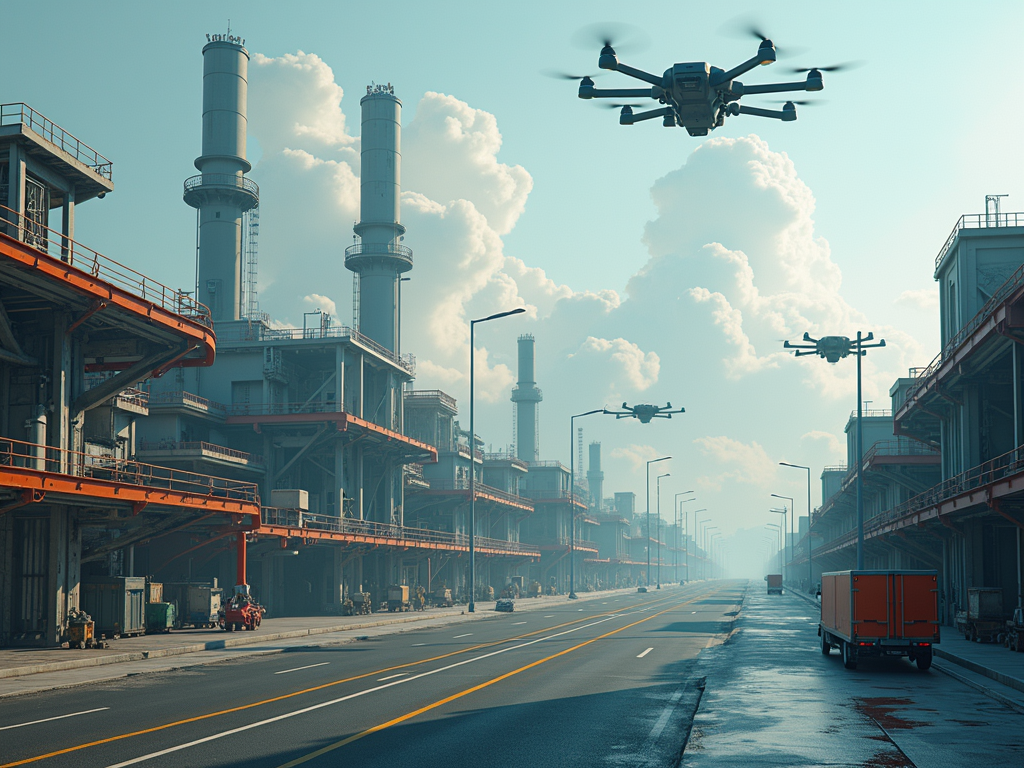
In conclusion, the future of industrial automation is being shaped by rapid advancements in AI and related technologies. From cobots and IoT to AI-driven predictive maintenance and quality control, these innovations are transforming industries. Visualization tools, including AI image generators like Flux, are playing a vital role in helping engineers and designers plan and implement these systems effectively. As we move forward, staying updated with these technologies and addressing the associated challenges will be crucial for businesses aiming to remain competitive in the evolving industrial landscape.
Related The Future of Industrial Automation:
- Case Studies: Successful Implementation of Automation in SMEs
- The Future of Industrial Automation: How AI and Advanced Tools Are Shaping Tomorrow's Factories
- Top 10 Must-Have Modern Workman Tools for Every DIY Enthusiast
- The Ultimate Guide to Cordless Drill Care
- A Beginner’s Guide to Building Your Construction Tool Kit
- Tool Maintenance Tips for Longevity and Safety
- Understanding the Importance of Advanced Safety Features in Power Tools
- Essential Tools for Every Handyman: A Comprehensive Guide
- The Future of Workshop Equipment: Trends to Watch
- How to Pick the Perfect Screwdriver for Any Task
- A Simple Guide to Your Home’s Electrical Setup
- DIY Projects for Beginners: Getting Started with Basic Tools
